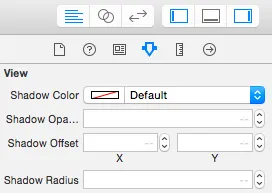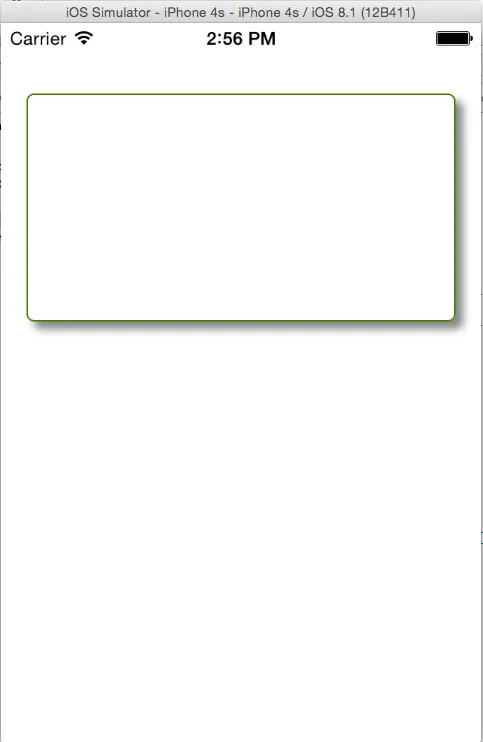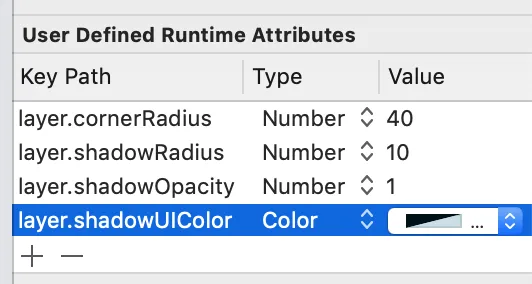我想使用CALayer为UI(Image)View添加一个阴影。以下代码通常可以正常工作。
previewImage.layer.shadowColor = [[UIColor blackColor] CGColor];
previewImage.layer.shadowOffset = CGSizeMake(1.0f, 1.0f);
previewImage.layer.shadowOpacity = 1.0f;
previewImage.layer.shadowRadius = 8.0f;
然而,这仅在我通过编程方式创建该视图并将其作为子视图添加到我的主视图中时才起作用。当该视图在InterfaceBuilder中设置并定义为IBOutlet UIImageView时,这种方法不起作用。没有阴影出现。
所以我错过了什么?


